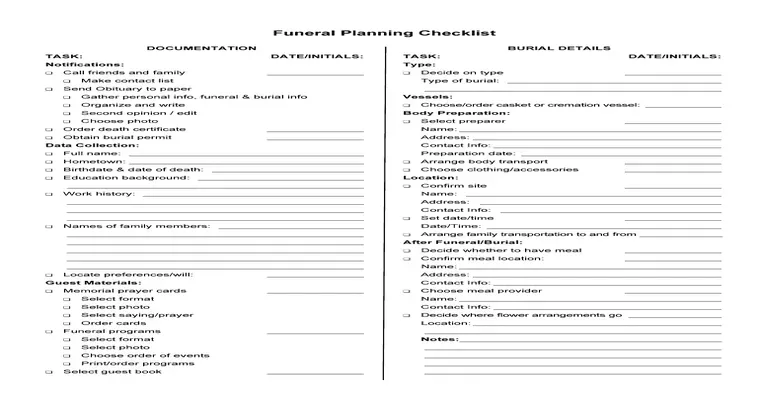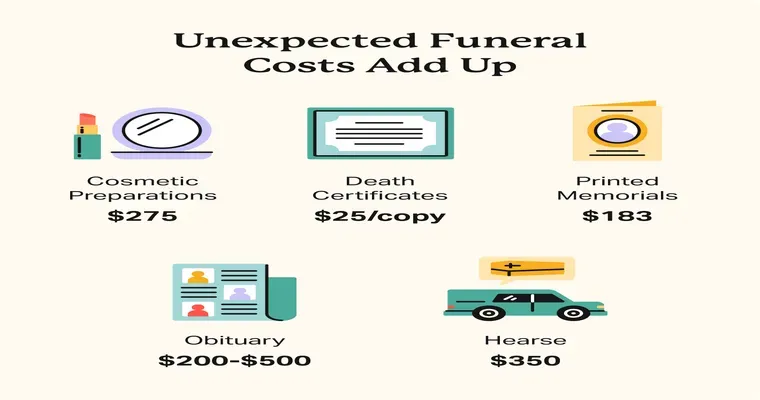Planning a funeral can be a daunting task during an emotional time. Having a "funeral planning checklist" can help alleviate some of the stress and ensure that all necessary arrangements are made. This checklist provides a comprehensive guide to assist you in organizing the various decisions and details involved in the process. From selecting a "funeral home" to choosing the type of "service", every step is crucial in honoring your loved one’s memory.
Understand Your Options
The first step in your "funeral planning checklist" is to understand the different options available. There are several types of services to consider, including traditional funerals, memorial services, and cremation services. Each option has its own set of procedures and costs, so it’s important to discuss these with family members and make a decision that reflects the wishes of the deceased.
Choosing a Funeral Home
Selecting a reputable "funeral home" is vital. Take the time to research local establishments and read reviews. When you visit potential funeral homes, inquire about their services, pricing, and any packages they may offer. This will help you find a home that meets your needs and budget.
Creating a Budget
Establishing a "funeral budget" is an essential part of the planning process. Funerals can vary significantly in price, so it’s important to know what you can afford. Make a list of expected expenses, including the funeral home fees, transportation, casket or urn costs, and any additional services such as flowers or catering.
Making Arrangements
Once you have selected a funeral home and set a budget, it’s time to make specific arrangements. This includes choosing the date and time of the service, deciding on burial or cremation, and planning any religious or cultural rituals that may be important to the family. Consider personal touches such as music selections, readings, or photo displays that reflect the personality of the deceased.
Legal Considerations
Ensure that you have all necessary "legal documents" in order. This may include the death certificate, burial permit, and any pre-arranged funeral plans. If the deceased had a will, consult it to understand their wishes regarding funeral arrangements. If there are any disputes or uncertainties, it may be wise to seek legal advice.
Notify Family and Friends
Once arrangements are made, create a list of family and friends to notify about the service. You can send out announcements via traditional mail, email, or social media. Consider including details such as the date, time, location, and any special requests from the family.
Grieving and Support
Remember that planning a funeral can be emotionally taxing. It’s important to allow yourself and others to grieve. Seek support from friends, family, or professional counselors to help navigate this difficult time. Additionally, many communities offer support groups for those who have lost loved ones.
Final Thoughts
Having a "funeral planning checklist" can provide structure and clarity during a challenging time. By taking proactive steps, you can honor the memory of your loved one while also managing the necessary logistics. Make sure to communicate openly with family members and seek help when needed. Ultimately, the goal is to create a meaningful tribute that reflects the life and legacy of the person you are remembering.





